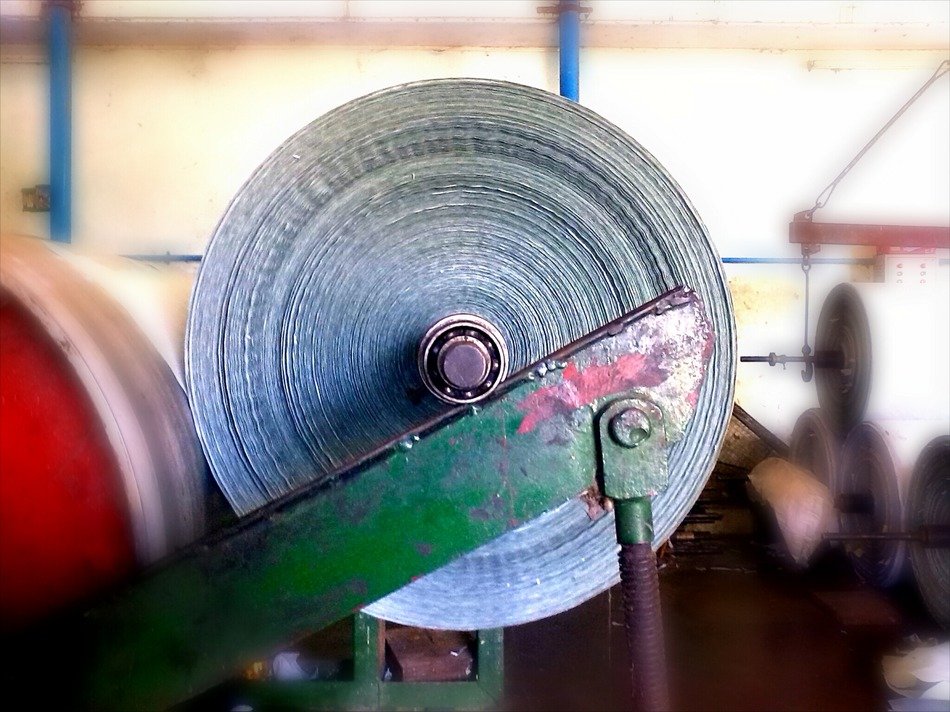
Although it’s never too late to say sorry, sometimes the apology turns out to be worse than keeping quiet.
Consider the case of a group in China, who admitted that their 2020 paper on brain tumors was the work of a paper mill.
The article, “LncRNA SNHG16 Promotes Proliferation, Migration, and Invasion of Glioma Cells Through Regulating the miR-490/PCBP2 Axis,” came from a group led by Fangen Kong, of the Department of Neurosurgery at The Fifth Affiliated Hospital of Sun Yat-Sen University, in Zhuhai.
Missing from the list of authors, however, was another…well, something, as the retraction notice points out:
Cancer Biotherapy and Radiopharmaceuticals officially retracts the paper entitled, “LncRNA SNHG16 Promotes Proliferation, Migration, and Invasion of Glioma Cells Through Regulating the miR-490/PCBP2 Axis,” by Fangen Kong, Yang Yan, Jinfeng Deng, Yaoli Zhu, Yingqin Li, Huiqing Li, and Yiping Wang (Cancer Biother Radiopharm. E-pub ahead of print 23 Jul 2020; doi: 10.1089/cbr.2019.3535) at the authors’ request:
“We apologized that we have found a serious problem in our paper. In fact, the Western blot experiment in our study was commissioned a third-party company for testing. In present, some peers have found that the company has forged experimental reports. After contacting the company, they were unable to provide the original images. We have checked and confirmed that the authenticity of the data provided by the company is problematic. In view of the problems in this paper, all the authors have discussed and agreed to withdraw the paper.” [sic]
When the journal pushed back about the “third-party company” — as well it should have — things got even weirder. The notice continues:
The journal publisher requested the name of the “third-party company,” to which the authors replied:
“We apologize for our mistakes. Our so-called “the third party company”, after further investigation, is actually not a company but an individual person. Due to the personal reasons, the previous experimental data were lost and the original raw data could not be provided. So we can not guarantee the authenticity of those data provided by that person. Some members are considering to repeat the experiment again, but we have no way to raise enough fund to repeat it. Hence after serious discussion, we decided to withdraw the manuscript.
Again we apologize sincerely for your inconvenience.” [sic]
Submissions from a third party are a violation of the journal’s standard protocols and is considered an infraction against the rigorous standards of scientific publishing.
The Editor and Publisher of Cancer Biotherapy and Radiopharmaceuticals are committed to preserving the scientific literature and the community it serves and does not tolerate any violations of scientific misconduct. Therefore, the publisher officially retracts the article.
The journal, which is published by Mary Ann Liebert, has been retracting papers churned out by paper mills. However, although this article was indeed milled, Susan Jensen, the director of production and editorial operations for the publisher, told us that it appears to have been a stand-alone of sorts:
Though this paper was indeed written by a paper mill by the authors’ own admission, and was self-reported by the corresponding author, Yiping Wang, it was not part of larger batch of reported papers that were identified on other platforms like PubPeer.
Jensen added:
many of our recent retractions, particularly from Cancer Biotherapy and Radiopharmaceuticals, are from an ongoing and persistent internal review of papers that were published prior to our rollout of enhanced and improved checkpoints that have recently been put into in place. Our peer review team is very carefully assessing our published articles and, I am happy to say, are identifying similar problematic papers prior to publication, or even before peer review. We are very hopeful that these newly initiated workflows and protocols will significantly reduce nefarious papers being submitted to any of the Mary Ann Liebert, Inc., journal portfolio as we are vehemently against all papermill submissions and will reject and/or retract any paper that is found to be from a papermill.
Like Retraction Watch? You can make a one-time tax-deductible contribution or a monthly tax-deductible donation to support our work, follow us on Twitter, like us on Facebook, add us to your RSS reader, or subscribe to our daily digest. If you find a retraction that’s not in our database, you can let us know here. For comments or feedback, email us at [email protected].
Could you explain better, please? I don’t see the paper mill connection. The way I read the authors’ explanation, they farmed out a standardized laboratory test to an external provider. To me this sounds exactly like an archaeological excavator giving out samples to a radiocarbon lab to have them dated. There is the well known Frankfurt (Protsch) example of such datings just being faked and spurious dates being reported back. In a case like that there is no misconduct by the authors, especially if they notice and report the problem themselves and ask for retraction.
I think there is a major misconduct by the authors in that they didn’t disclose the use of a third party lab in the first place (assuming their final story is true). Apparently, they submitted their manuscript under the pretense that it was their own work.
The connection to a paper mill is precisely that many such “third party labs” are indeed paper mills. Usually, paper mills don’t operate directly at the institute to which the supposed authors are affiliated.
I agree with the earlier commenter. What is the direct connection that makes this a “milled” paper? Was there more communication by the author in another dialog where the issue of it being milled came up? Or is “using a third party lab” some acknowledged byword for paper milling?
The connection from the author correspondence as quoted here to the claim it is a milled paper is not clear to me as a lay person.